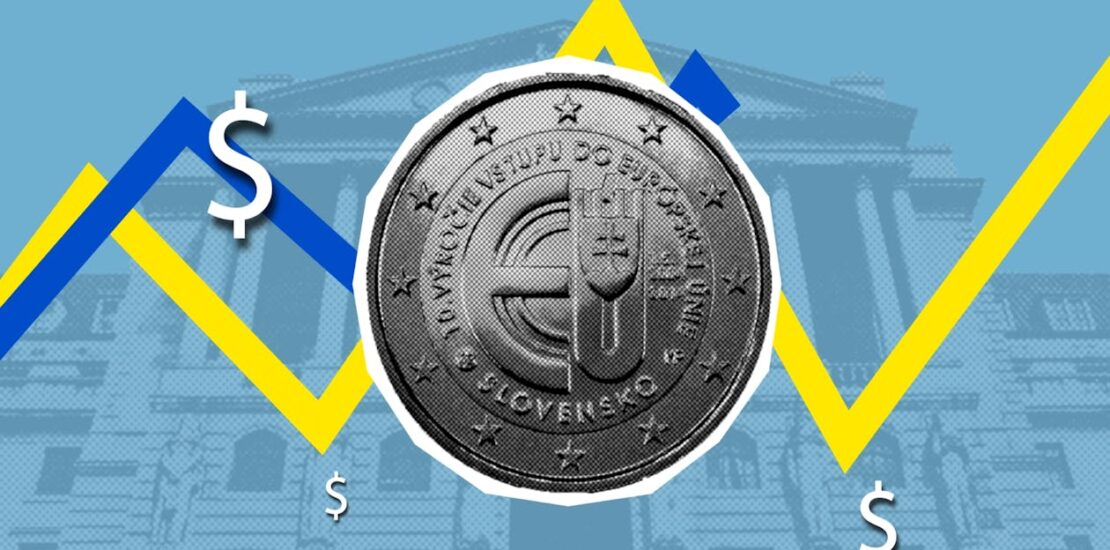- August 18, 2024
- Posted by: Editor
- Category: Finance

What are price controls?
Price controls are essentially government imposed limits on the prices that can be charged for good and services in a market. Generally, price controls are used to keep essential goods affordable during a time of crisis. Basically periods of extreme economic stress such as war, famine and hyperinflation.
So price controls can work?
Sorta, in extreme or short term cases but generally no. In a time of war for instance, it may become necessary to impose a price ceiling to prevent price gouging on necessities such as food water and fuel. If the ceiling is set too low however, this can have a dramatic effect such as a critical shortage because suppliers may not find it profitable enough to want to sell a product at that price. This then results in a black market where goods are then sold illegally at higher prices.
There’s also the risk of the long term impact. While prices may be stabilized temporarily, and prevent panic and uncertainty, it can also cause a severe distortion of the market. Output may be reduced if sales can no longer cover costs.
Where have price controls been attempted?
Perhaps one of best examples of the negative effects of price controls has been Venezuela. Extensive price controls were implemented on food and basic goods. While the intention was to make these items more affordable, they led to severe shortages, black markets and economic chaos for many years leading to a massive exodus of citizens seeking asylum abroad.
Price controls have also been attempted in Argentina several times leading to shortages. During the presidency of Juan Domingo Perón, Argentina implemented price controls leading to shortages, black market and a severe economic crisis. Similarly in the 1980s and the Kirchner Administration between 2003 and 2015, Argentina again tried to institute price controls to try to control inflation. In the short term some relief was provided but then led to a decline in the quality of goods as stores struggled to maintain profitability. The problem being that underlying inflationary pressures triggering repeated economic crises have not been dealt with. Thus one of President Javier Milei first steps countering hyperinflation has been to remove price controls. It remains to be seen whether this will be enough to deal with the prior economic damage that was caused.
While price controls may be necessary in extreme circumstances, as a short-term measure, it comes with often significant and severe consequences and can lead to a distorted market and economic crises if left on for extended periods of time. Rather than price controls, runaway inflation is often better managed by adjusting interest rates to discourage borrowing. Reducing public spending can also help in reducing inflationary pressures.
Improving productivity by investing in education and technology can also help to reduce costs in the long term leading to a stabilization of prices. Similarly improving the ease of business also reduces cost of doing business, leading to lower prices by improving operational efficiency that can translate into lower consumer prices. These alternatives focus on addressing the root causes of high inflation and high prices instead of artificial limits on prices. Governments can then achieve more sustainable economic outlooks and avoid the tremendous risks associated with implementing price controls.

